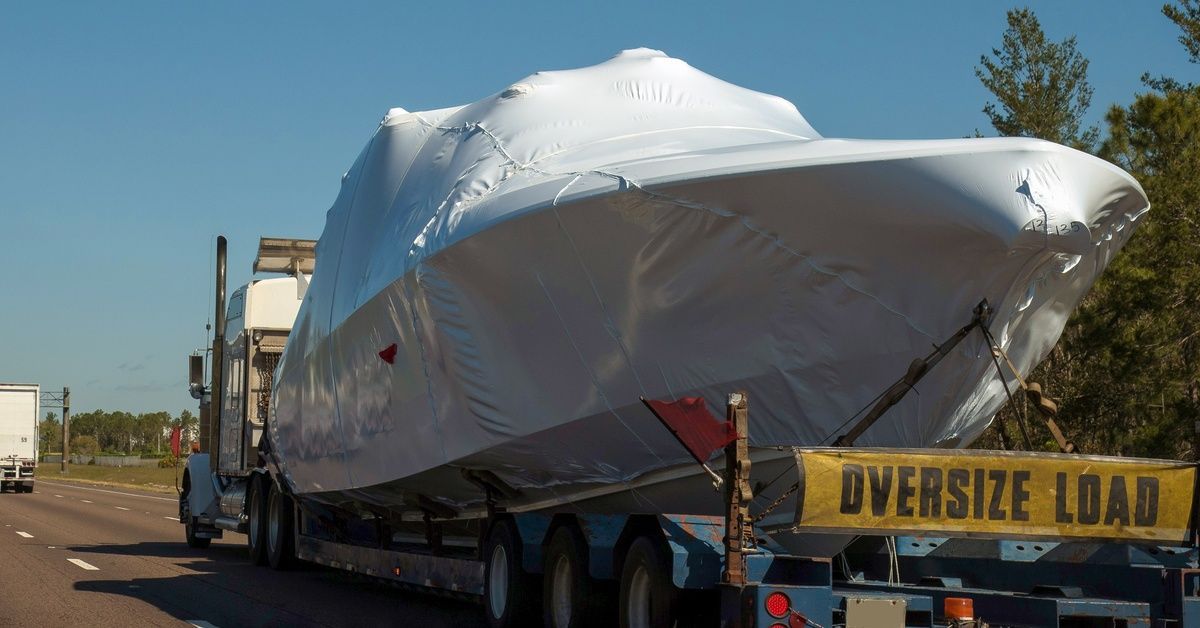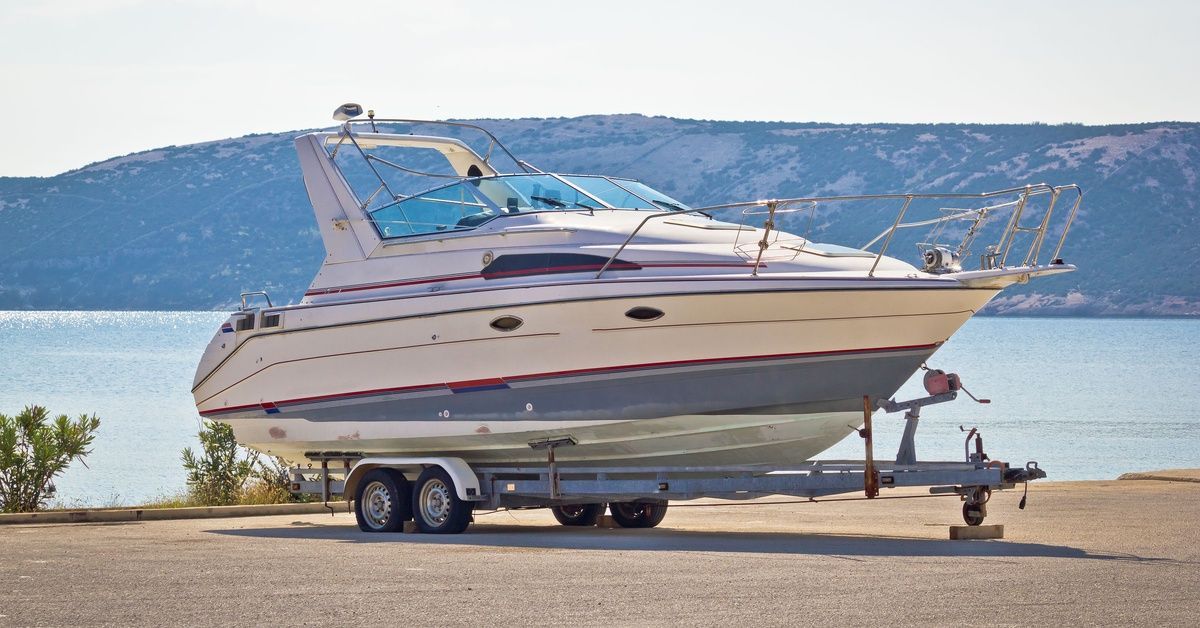What Season Is Best for Transporting a Boat?
Transporting a boat is no small task. Whether you’re moving a small fishing boat or a luxury yacht, the process requires careful planning and consideration. A key factor that can significantly influence the success of this endeavor is timing. Choosing the right season for boat transport ensures the safety of your vessel, minimizes risks, and reduces unexpected delays.
Each season presents its own set of challenges and benefits, so understanding their impact on the transport process is critical. This guide will help you identify what season is best for transporting a boat by examining how spring, summer, fall, and winter conditions affect the process.
Spring Transport
Many boat owners begin preparing for the summer boating season during spring, so there’s a sense of activity and excitement in marinas and transport facilities during this time.
One of the advantages of spring boat transport is the relatively mild weather. Temperatures are generally warming up after winter, reducing the risks associated with transporting a boat through icy or snow-covered areas. However, spring weather can still be unpredictable in many regions. Rain, high winds, and occasional late snowstorms can complicate transport schedules. This means you’ll need to keep a close eye on weather forecasts and have contingency plans in place in case of delays.
Another potential challenge during spring is the high demand for transport services. Since many boat owners are eager to get their vessels ready for summer, transport companies can book up quickly. You’ll need to schedule your transport well in advance to secure a slot and avoid last-minute stress.
Preparation is key to making spring transport a success. Make sure your boat is fully de-winterized and inspected before transport. Completing any necessary maintenance or repairs ahead of time will save you from facing unexpected issues once summer arrives. While spring offers some logistical benefits, the unpredictable weather and busy schedules demand proactive planning.

Summer Transport
The long days, warmer temperatures, and calm seas in the summer make it an exciting time to be on the water. One of the key advantages of summer transport is the stability of the weather. While spring often brings unpredictable conditions, summer is generally more consistent, with fewer storms and milder wind patterns. This makes transportation safer and less stressful, especially for longer routes. Additionally, you’re less likely to encounter delays due to weather-related issues.
However, summer comes with its own set of challenges. Roads and transport hubs are often busier during this peak season, leading to potential traffic congestion and longer transit times. This is particularly true in coastal areas and popular boating destinations, where an influx of vacationers can cause a significant spike in activity. It’s important to factor this into your timeline and budget to avoid surprises.
Another consideration is the heat. High temperatures can affect the condition of your boat, especially if it’s exposed to direct sunlight during transit. Protecting the boat’s surfaces and interior with appropriate coverings and materials is essential to prevent heat damage. Routine checks of the boat’s components, such as tires and bearings, are also important to ensure that excessive heat during the move doesn’t cause unnecessary wear and tear.
Overall, summer transport can be a good option if you prioritize predictable weather patterns and are prepared to navigate potential delays caused by increased traffic and activity.
Fall Transport
Fall is an underrated yet practical season for transporting boats, offering unique advantages for boat owners who plan ahead.
One of the biggest advantages of fall transport is the reduced traffic. With the summer vacation season over, there’s less congestion on roads and transport routes. This often translates to smoother and quicker transit for your boat. Additionally, transport companies may have more availability after the rush of summer, providing greater flexibility when scheduling your move.
Fall weather, particularly in its earlier months, is generally calm and stable. The cooler, crisp air offers a refreshing alternative to the intense heat of summer, and the risk of severe storms is relatively low. However, as the season progresses, this stability can change. Late fall brings increasing chances of rain, strong winds, or early snow in some regions, so timing your transport before winter’s approach is crucial.
For those planning to store their boat during the off-season, transporting it in the fall can also be strategic. It allows you to move your boat directly to its winter storage location, ensuring it’s safely secured before harsher weather sets in. This proactive step can save time and reduce stress later.
While fall transport doesn’t come with the excitement of warmer seasons, its practical benefits make it a reliable choice for many boat owners.

Winter Transport
Winter is often not the first season that comes to mind when considering boat transport. It presents the most challenges compared to the other seasons and requires more preparation and caution.
The biggest challenge of winter transport is undoubtedly the weather. Snow, ice, and freezing temperatures can create hazardous conditions for both the transport team and your boat. Slippery roads and reduced visibility during snowstorms or heavy fog increase the risk of accidents. Additionally, some regions experience road closures or restrictions during winter, which can disrupt transport plans.
Winter also introduces potential risks to your boat’s condition. If you don’t properly winterize your boat before transport, it may suffer damage while exposed to freezing temperatures. Components such as the engine and plumbing systems are particularly vulnerable to cold weather. Investing in thorough winterization and using protective coverings are critical to safeguarding your vessel during its journey.
Despite these challenges, winter boat transport isn’t impossible. With the right precautions and a reliable transport company experienced in dealing with winter conditions, you can still do it safely. Additionally, winter is often a quieter season for transport services, which means you may have more scheduling flexibility and potentially lower costs.
Ultimately, you should approach winter transport with careful planning. For most boat owners, it’s better to schedule transport during a season with fewer risks and weather-related obstacles.
Deciding on the Best Time To Transport Your Boat
Identifying what season is best for transporting a boat depends on your priorities and circumstances. Regardless of the time of year you choose, proper planning and preparation are essential. Ensure your boat is in optimal condition, monitor weather forecasts closely, and work with a trusted transport service to ensure a safe and smooth process.
Coast to Coast Transportation’s expert boat hauling service ensures your vessel arrives safely at its destination. We can handle boats of any size and deliver them anywhere in the United States. Contact us today to learn how you can transport your boat with ease.










